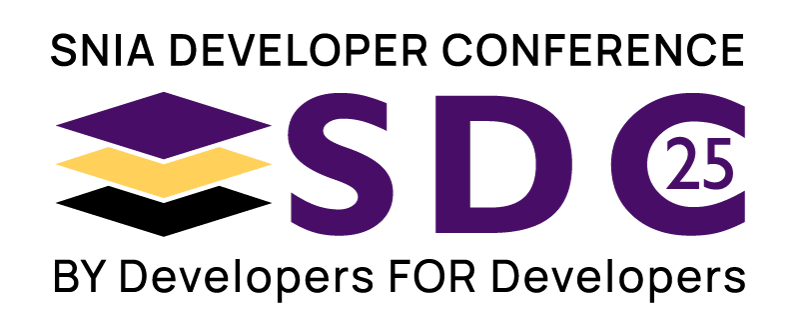
Computational Storage Deployment with Kubernetes and Containerized Applicationed

Abstract
With the growth of Containerized applications and Kubernetes as an orchestration layer, the ability to leverage these technologies within the storage device directly adds additional support to the implementation and parallel processing of data. By using an os-based Computational Storage Drive (CSD), a deployment of SPARK will be presented and the steps required to achieve this task. The ability to use a distributed processing operation and orchestrate it with the Host and the CSDs at the same time to maximize the benefits of the application deployment.
Learning Objectives
- How to Deploy Computational Storage Solutions
- How Kubernetes can be used with Computational Storage
- Computational Storage Architecutre



